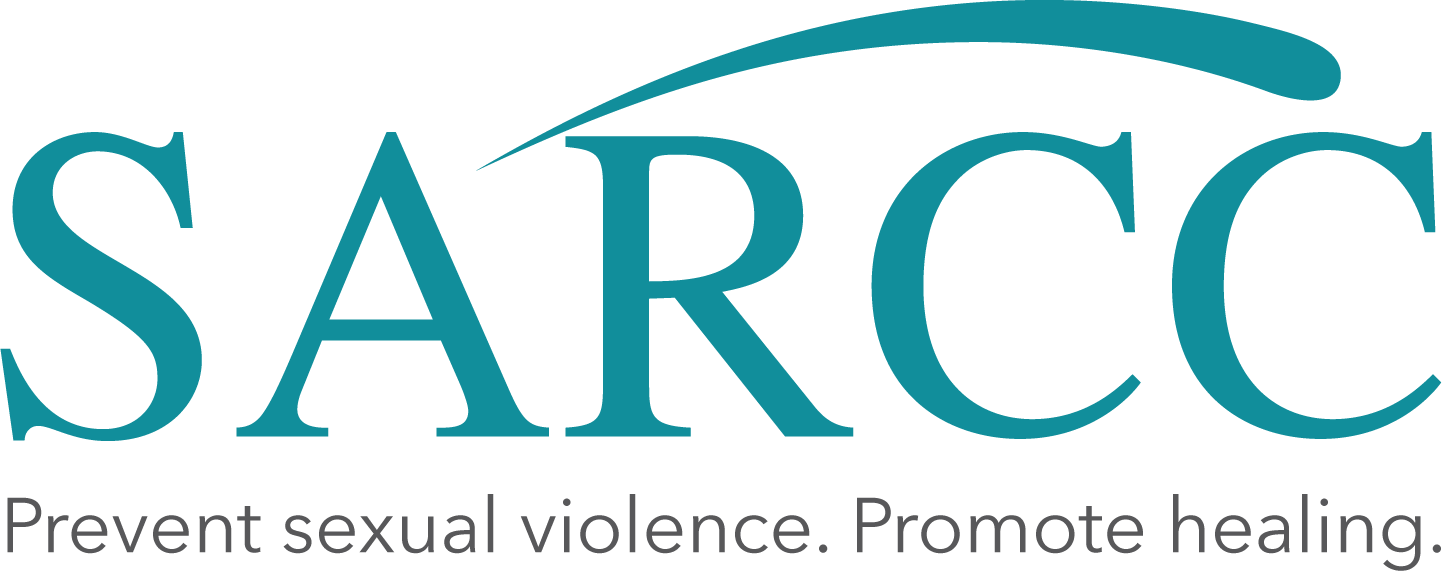Bonus Leap Day Resource: 1866 to 2020: Black women have always led the Sexual Assault Awareness movement – Equal Rights Advocates
It is important to discuss facts and the reality of the situations that many of our neighbors and coworkers might find themselves in 0 because knowledge is power and the more we talk about this types of statistics, the more we can begin to address them in our communities. With that said, between 40% to 60% of black women report being subjected to coercive sexual contact by age 18. In addition, it is understood that for every black woman who reports rape, at least 15 black women do not report it. Lastly, it is important to note that Black women also experience significantly higher rates of psychological abuse—including humiliation, insults, name-calling and coercive control—than do women overall.
What can we do during this month? Center black women in your advocacy (more on men later). Contact your elected officials and share this data. Ask them what they are doing specifically to improve the sexual violence experienced by black women. It may be helpful to explain how institutions contribute to gendered racism. Ask them to reauthorize the Violence Against Women Act. Most importantly, honor the hard and meaningful work of Black women who have been as the center of sexual assault advocacy work for decades.
Also, know that this years national theme for Black History Month was ” African Americans and the Arts” – working to highlight the many impacts Black Americans have had on visual arts, music, cultural movements, and more. We know at SARCC and across this nation that the arts can play an important role in improving health outcomes at the individual and community level. When talking about a subject like sexual assault, it is important to not only talk about the facts, systematic injustices, but also talk about avenues for healing – thus encourage those in your life during this month to create art. Create art that speaks to these statistics, to their experiences, to their feelings about things that they notice around them. These pieces of art can serve as a roadmap for discussions and for healing.

